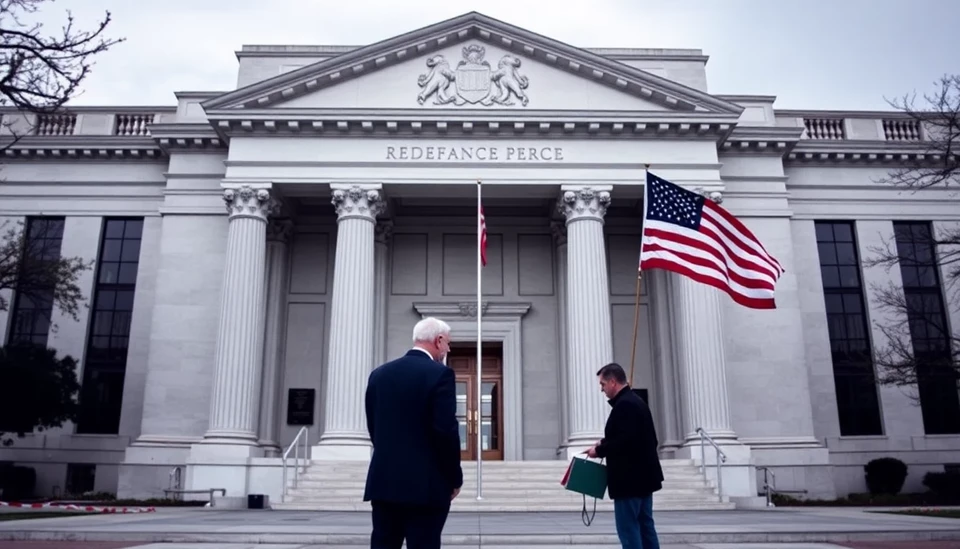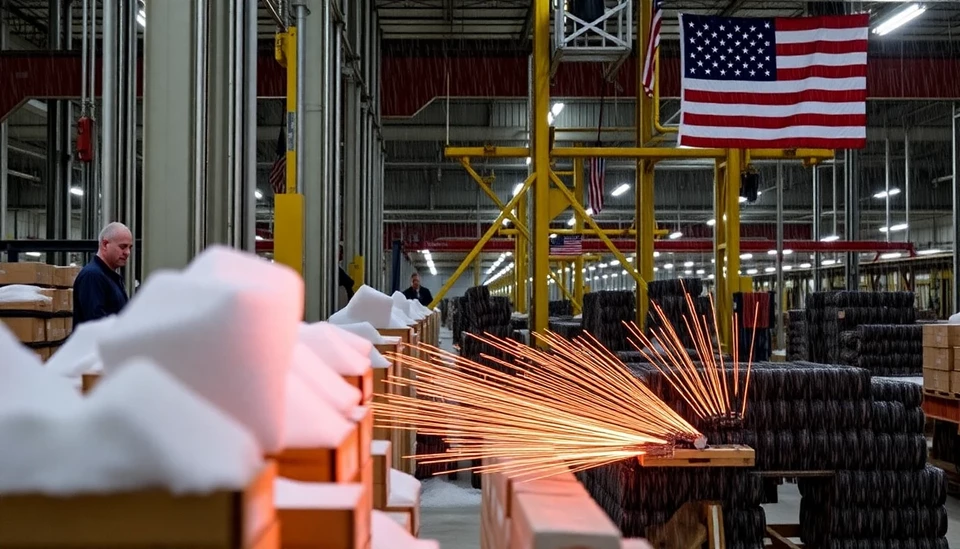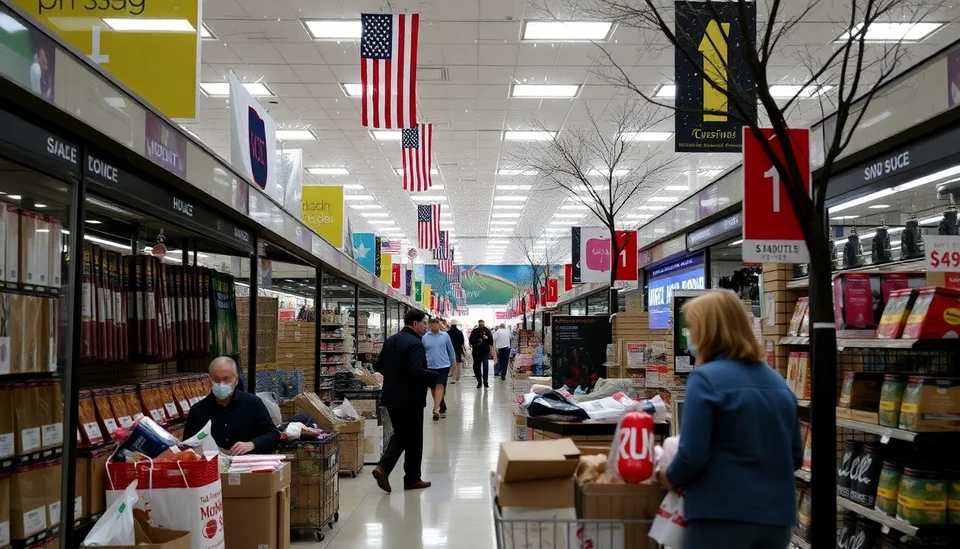
In a surprising turn of events, the latest employment data released has revealed a sharp decline in job growth in the United States, raising concerns among economists and policymakers just days before the upcoming elections and an important Federal Reserve meeting. For the month of October, only a mere 150,000 jobs were added to the economy, a figure significantly lower than the expectations of analysts who projected a robust job growth figure of 250,000.
This disappointing employment report marks the slowest job growth since April and has led to increased speculation regarding the sustainability of the current recovery and the economic policy direction the Federal Reserve might take in the following months. The slowdown is particularly concerning as the US economy navigates through persistent inflationary pressures alongside renewed uncertainties in global markets.
Unemployment rates, however, remained unchanged at 3.8%, indicating that while job creation is faltering, the labor market is still relatively stable. The labor force participation rate also held steady, signaling that more individuals are either working or actively seeking work. Despite these numbers, the job growth decline presents a complex picture of the economy as it undergoes adjustments, highlighting challenges that could be further exacerbated by the results of the mid-term elections.
Adding to the complexity, many economists fear that this slowing job growth could influence the Federal Reserve's next moves. Previously, the Fed had signaled its intent to continue adjusting interest rates in light of inflation, but with the new job growth figures in play, it remains to be seen whether they will maintain this trajectory or reassess their approach in light of the newly unveiled labor market dynamics.
The report did see some positive highlights, with wage growth on a year-over-year basis climbing by 4.3%. This increase is seen as a positive indicator that while job growth is dwindling, those who are currently employed may be seeing better compensation. However, this wage growth will need to be closely monitored, as rising labor costs can sometimes hinder business investment and, subsequently, hiring.
Looking ahead, the interplay of these economic indicators will be crucial as both the government and businesses navigate through the strained economic landscape before the elections. Analysts will be attentively observing how these job figures will impact voter sentiment and the broader economic agenda as Americans head to the polls.
In summary, the US job growth figures present a mixed but cautionary tale about the economic health of the nation. As the Federal Reserve gears up to make critical economic decisions, the focus will be on how these trends affect inflation, employment, and ultimately, the fiscal landscape pre- and post-election.
With so much at stake, the next few weeks promise to be pivotal in shaping the economic future of the United States.
#USEconomy #JobGrowth #FederalReserve #Election2024 #EconomicOutlook #Inflation #LaborMarket
Author: Daniel Foster




